New Pilot Experience - 26th of September
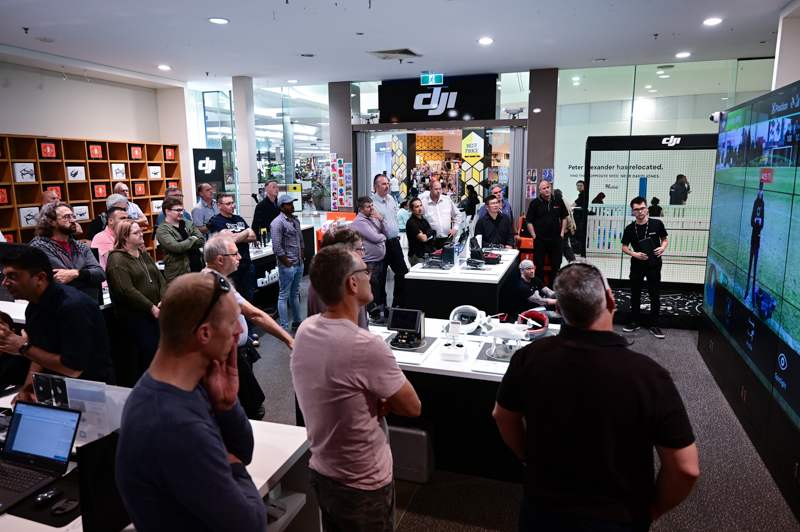
Recap!
On
Thursday night, 6-8PM, DJI store hosted their NINTH New Pilot
Experience across all stores. We had another strong turnout this week
with plenty of first time drone owners.
The two hour course took pilots, with varying levels of experience, through some of the basics to the more intermediate skills. Some of the topics that were covered included pre/post flight checklists, photography/videography settings and CASA laws and regulations.
Learning about how the obstacle avoidance sensors work is important to ensure a safe flight!
The Mavic 2 Pro/Zoom is equipped with Forward, Backward, Downward, Lateral Vision Systems and Upward and Downward Infrared Sensing Systems. These sensors provide the drone with omnidirectional obstacle sensing (with good lighting conditions).
Lateral Vision Systems are two cameras located on either side of the aircraft (which only operate in certain flight modes).
The Upward and Downward infrared sensing systems are two 3D infrared modules that are found on the upper and underside of the aircraft.
Downward Vision and Infrared systems play an important role in helping the aircraft maintain its current position and hover more precisely. When GPS is not available, the aircraft hovers and flies based off these sensors which is perfect for indoor flights or in weak GPS environments.
To help the sensors in lower light, there is an auxiliary bottom light located on the underside of the aircraft improves visibility for the Downward Vision System in weak light conditions.
Using the Vision Systems
When the aircraft is turned on, the Downward Vision System and Infrared Sensing systems turn on automatically and the aircraft can hover precisely even without a GPS connection.
The Downward Vision System is typically used when indoors and where GPS is unobtainable. The optimal height of the Vision System working is when the aircraft's altitude is between 0.5m to 11m. Please be aware that the Vision Positioning function may not work as effectively when the aircraft's altitude goes beyond 11m. It is recommended to fly with extreme caution or to wait for an GPS connection if possible.
The Downward sensors have a detectable range of 11 — 22 m, precision range of 0.5 — 11 m.
The Upward sensor has a precision range of 0.1 — 8 m.
The Forward and Backward Vision Systems are by default turned on, however they can be switched off. These sensors work best when there is adequate lighting ( the drone will let you know if there is not adequate light for the sensors to work), clearly marked or textured obstacles. To give the drone enough time to brake and avoid the obstacle, the drone should not be flying more than 50 kph forward or 42kph when flying backwards (aka, sports mode will turn the sensors off).
The Forward sensors have a detectable range of 20 — 40 m, precision range of 0.5 — 20 m.
The Backward sensors have a detectable range of 16 — 32 m, precision range of 0.5 — 16 m.
The Lateral Vision requires better lighting and even more textured/clearly marked stationary obstacles. Please be aware that these sensors cannot detect dynamic objects such as moving people, vehicles, tree branches or blinking lights. Once again, the lateral vision sensors only activate in some Intelligent Flight Modes and Tripod Mode.
The Lateral sensors have a precision range of 0.5 — 10 m.
Please ensure the sensors are clean before take-off to prevent any unnecessary braking.
Furthermore,
the workshop also had many questions asked and answered, boosting
everyone's confidence when using the drone. We encourage people to ask
as many questions as possible. Each week, we try and add those questions
into the course to ensure that it is fresh and relevant! We highly
recommend you to sign-up if you haven't already as it is definitely
worth it! Click here to sign up!
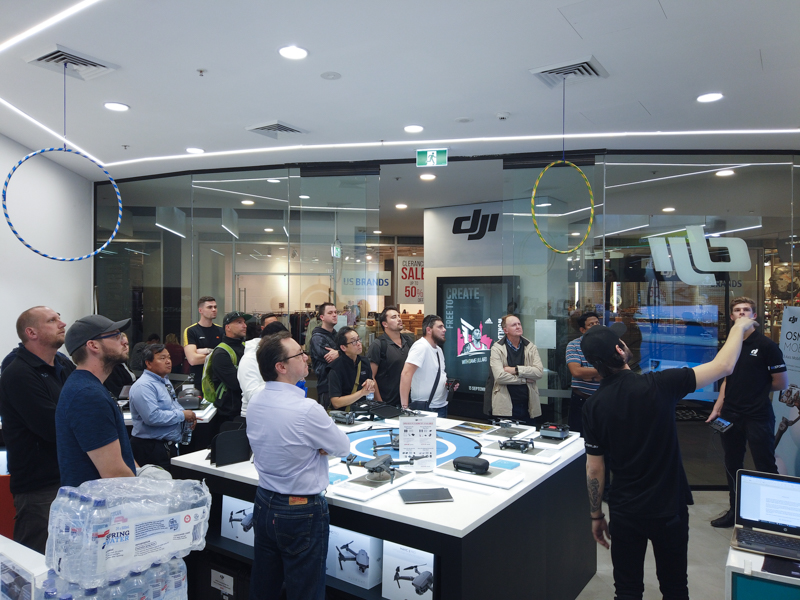
Feedback from the evening!
"Excellent store, great advice and customer service. Fantastic pricing, The Information night was very helpful and beneficial"
— Hamish D.
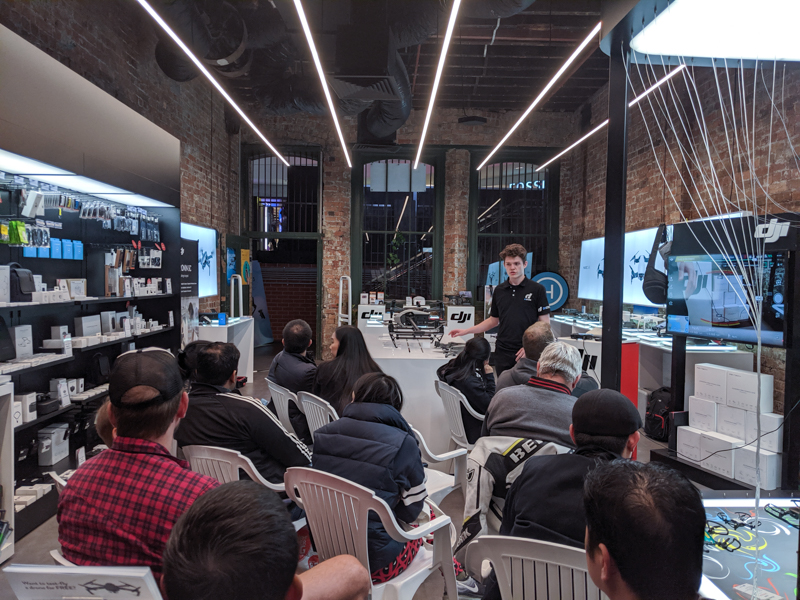
Question of the week!
What are the camera specifications on the Pro and Zoom?
The Mavic 2 Pro and Zoom both come equipped with two incredible cameras that serve different functions/purposes.
| Specifications | Mavic 2 Pro | Mavic 2 Zoom |
| Lens | 35 mm equivalent: 28 mm Aperture : f/2.8 — f/11 Focusing range: 1 m — Infinity |
35 mm equivalent: 24-48 mm Aperture : f/2.8 (24 mm) — f/11 (48 mm) Focusing range: 0.5 m — Infinity |
| ISO Range | Video: 100 — 6400 Photo: 100 — 3200 Manual: 100 — 12800 |
Video: 100 — 3200 Photo: 100 — 1600 Manual: 100 — 3200 |
| Shutter Speed | 8 — 1/8000 s | 8 — 1/8000 s |
| Still Image Size | 5472 x 3648 | 4000 x 3000 |
| Video Resolution | 4K: 3840 x 2160 24/25/30p 2.7K: 2688 x 1512 24/25/30/48/50/60p FHD: 1920 x 1080 24/25/30/48/50/60/120p |
4K: 3840 x 2160 24/25/30p 2.7K: 2688 x 1512 24/25/30/48/50/60p FHD: 1920 x 1080 24/25/30/48/50/60/120p |
| Color Mode | Dlog-M (10 bit) HLG 10 bit (HDR video) |
D-Cinelike |
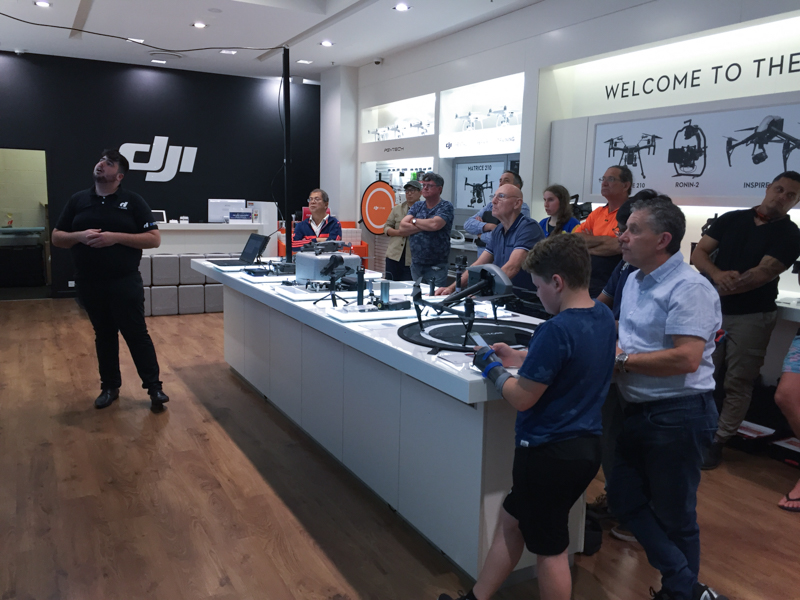
Further Comments
We are seeing a lot of pilots turning up to the NPE sessions now, please make sure you book in advance to secure your place! We will try to run these sessions for as long as we can. The team really appreciates your support and we will always look after you with your purchase, drone help and more!
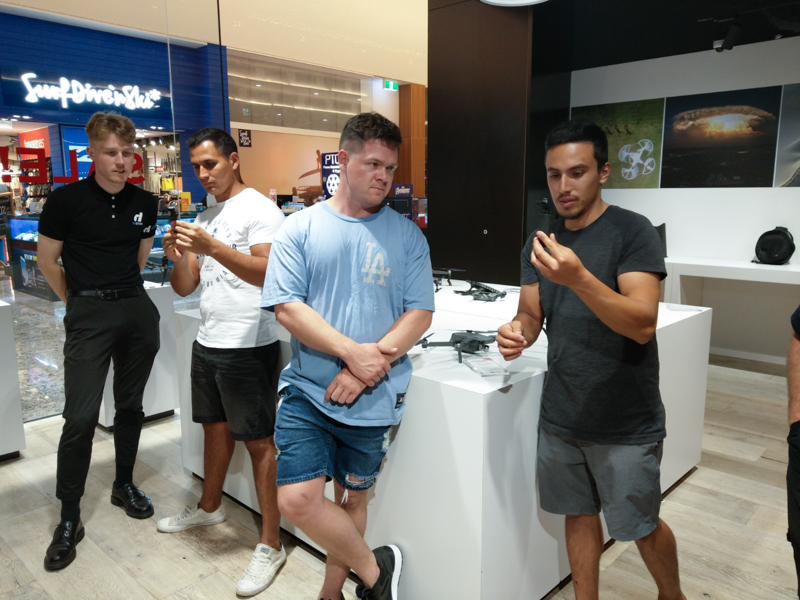
Don't miss out on this FREE (only for a limited time) event!
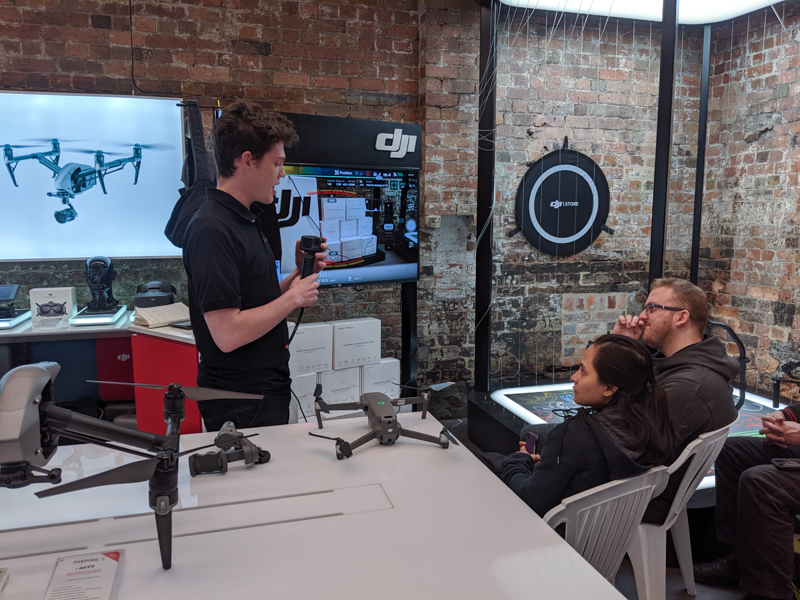
If you have any questions regarding the NPE or this article, please do not hesitate to contact us at info@d1store.com.au.
